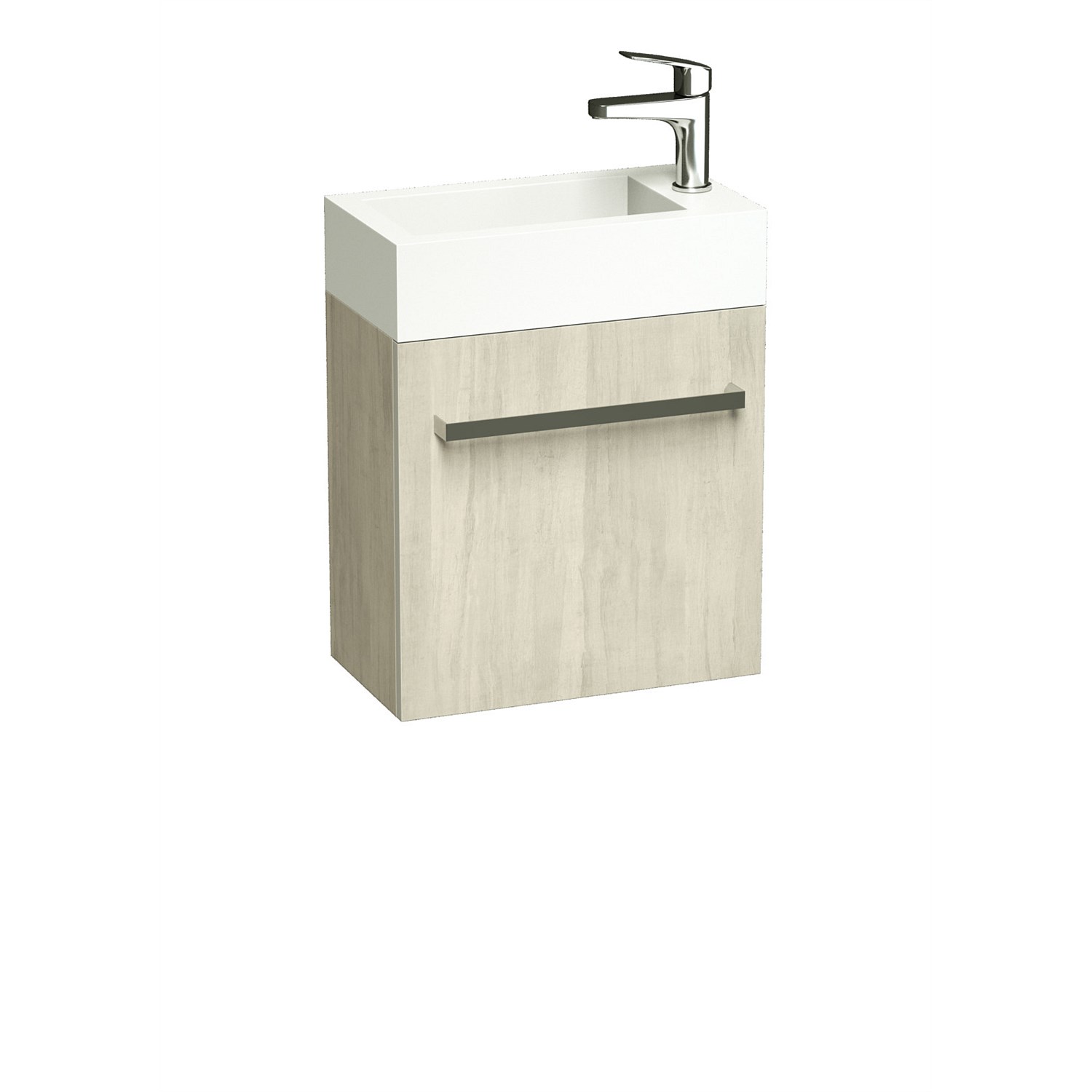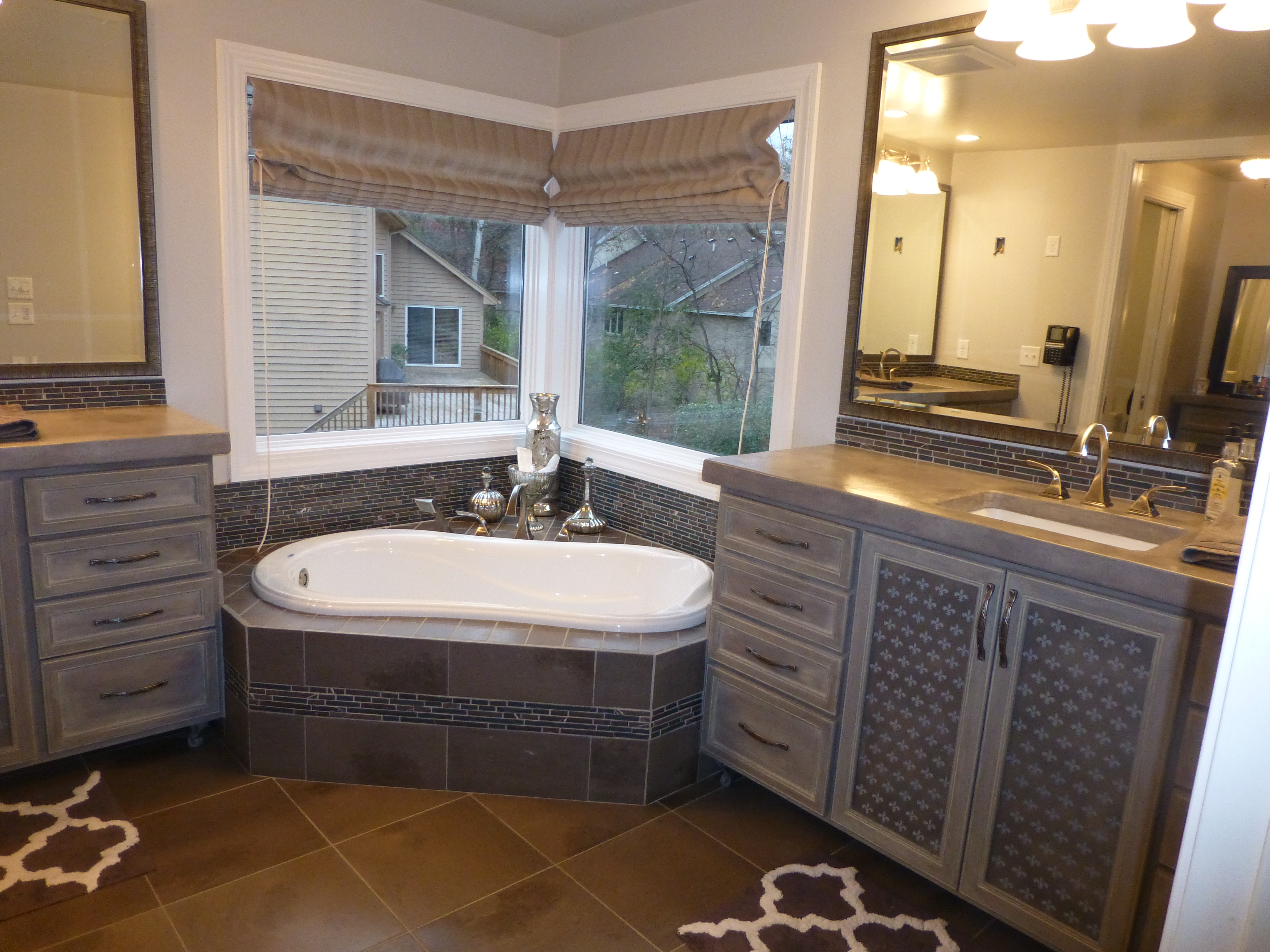Bathroom Vanity Styles in Minnesota

Minnesota, known for its picturesque lakes and charming towns, boasts a diverse range of bathroom vanity styles that cater to various tastes and preferences. From classic and traditional to contemporary and modern, bathroom vanities in Minnesota reflect the state’s rich history and evolving design trends.
Traditional Bathroom Vanities
Traditional bathroom vanities exude timeless elegance and a sense of history. They often feature intricate carvings, ornate hardware, and rich wood finishes.
- Classic Farmhouse: These vanities typically feature a simple, sturdy design with a distressed wood finish, often in white or light oak. They often include open shelving or drawers for storage and complement farmhouse-style bathrooms. For example, a classic farmhouse vanity might have a white-painted cabinet with shaker-style doors, black hardware, and a white Carrara marble countertop.
- Rustic: Rustic vanities embrace the beauty of natural materials, such as reclaimed wood, rough-hewn stone, and iron accents. They often feature distressed finishes, unique knots, and a sense of rugged charm. An example of a rustic vanity could be made from reclaimed barnwood with a natural finish, featuring iron hardware and a thick slab of granite countertop.
- Victorian: Victorian vanities are characterized by elaborate details, intricate carvings, and dark wood finishes. They often feature clawfoot tubs and ornate mirrors. A Victorian vanity might have a mahogany cabinet with detailed carvings, brass hardware, and a black marble countertop.
Modern Bathroom Vanities
Modern bathroom vanities embrace clean lines, minimalist design, and sleek materials. They often feature a contemporary aesthetic and a focus on functionality.
- Mid-Century Modern: These vanities are characterized by their simple lines, geometric shapes, and use of natural materials. They often feature a combination of wood and metal, with a focus on functionality. A mid-century modern vanity might have a walnut cabinet with tapered legs, brass hardware, and a white quartz countertop.
- Contemporary: Contemporary vanities are characterized by their bold lines, minimalist design, and use of innovative materials. They often feature sleek finishes, integrated lighting, and a focus on functionality. A contemporary vanity might have a sleek, white cabinet with a floating countertop and integrated LED lighting.
- Industrial: Industrial vanities embrace a raw and edgy aesthetic, often featuring exposed pipes, metal accents, and reclaimed wood. They often feature a distressed finish and a sense of urban chic. An industrial vanity might have a metal cabinet with a distressed finish, exposed pipes, and a concrete countertop.
Bathroom Vanity Materials in Minnesota: Bathroom Vanities In Mn

Choosing the right materials for your bathroom vanity is crucial for both aesthetics and functionality. The materials you select will influence the overall look, durability, and maintenance requirements of your vanity. In Minnesota, where humidity and temperature fluctuations are common, selecting materials that can withstand these conditions is essential.
Wood
Wood is a popular choice for bathroom vanities due to its natural beauty and versatility. It can be stained or painted to match any décor, and it offers a warm and inviting feel.
- Hardwoods, such as oak, maple, and cherry, are known for their durability and resistance to scratches and dents. They are also less prone to warping and moisture damage. However, hardwoods are generally more expensive than softwoods.
- Softwoods, such as pine and fir, are more affordable but less durable. They are more susceptible to scratches and dents and may warp or crack over time. However, softwoods can be treated with finishes to improve their durability.
Bathroom vanities in mn – For example, a vanity made of solid oak will offer a classic and elegant look, while a vanity made of reclaimed wood will add a rustic and unique touch. Wood vanities require regular maintenance, such as cleaning and sealing, to prevent water damage and maintain their appearance.
Stone
Stone vanities offer a luxurious and timeless look. They are durable and resistant to moisture, making them an excellent choice for bathrooms.
- Granite is a durable and scratch-resistant material. It comes in a wide range of colors and patterns, making it a versatile option. However, granite can be porous and may require sealing to prevent staining.
- Marble is a beautiful and elegant material, known for its veining and unique patterns. However, marble is softer than granite and more susceptible to scratches and etching. It also requires regular sealing to prevent staining.
- Quartz is an engineered stone that combines natural quartz with resins and pigments. It is non-porous and stain-resistant, making it a low-maintenance option. Quartz is also available in a wide range of colors and patterns.
For example, a granite vanity will add a bold and sophisticated touch to your bathroom, while a marble vanity will create a classic and elegant atmosphere. Stone vanities are typically more expensive than wood vanities, but their durability and longevity make them a worthwhile investment.
Synthetic Materials
Synthetic materials, such as acrylic and laminate, are becoming increasingly popular for bathroom vanities. They offer a durable and affordable alternative to natural materials.
- Acrylic is a non-porous material that is resistant to stains and scratches. It is also easy to clean and maintain. However, acrylic vanities can be prone to heat damage.
- Laminate is a durable and affordable material that is often used for countertops and vanities. It is available in a wide range of colors and patterns, making it a versatile option. However, laminate can be susceptible to scratches and chips.
For example, an acrylic vanity will offer a sleek and modern look, while a laminate vanity will provide a budget-friendly and practical solution. Synthetic vanities are typically less expensive than wood or stone vanities, but they may not have the same longevity or aesthetic appeal.
Bathroom Vanity Design Trends in Minnesota

Minnesota’s bathroom vanity design scene reflects a blend of practical functionality and aesthetic appeal. Residents value spaces that are both stylish and efficient, influenced by the state’s diverse architectural styles and climate.
Countertop Materials
Countertop choices are crucial for durability and aesthetics. In Minnesota, homeowners prioritize materials that resist moisture, scratches, and stains.
- Quartz: A popular choice due to its durability, scratch resistance, and wide range of colors and patterns. Quartz countertops are non-porous, making them easy to clean and maintain.
- Granite: A natural stone known for its unique veining and durability. Granite is heat-resistant and requires minimal maintenance, making it suitable for busy bathrooms.
- Engineered Stone: Offers a cost-effective alternative to natural stone. Engineered stone combines crushed stone with resin, resulting in a durable and stylish surface.
Sink Styles, Bathroom vanities in mn
Sink styles are evolving to cater to modern bathroom needs and aesthetics.
- Undermount Sinks: These sinks are seamlessly integrated into the countertop, creating a sleek and minimalist look. Undermount sinks are easy to clean and provide a spacious countertop area.
- Vessel Sinks: These sinks sit atop the countertop, adding a decorative element to the bathroom. Vessel sinks are available in various materials, including ceramic, glass, and metal.
- Farmhouse Sinks: Inspired by traditional farmhouse kitchens, these large, deep sinks offer ample space for washing and cleaning. Farmhouse sinks are often paired with rustic or farmhouse-style vanities.
Storage Solutions
Storage solutions are essential for maintaining an organized and functional bathroom.
- Drawers: Provide ample storage space for toiletries, towels, and other bathroom essentials. Drawers are typically equipped with soft-close mechanisms for quiet operation.
- Cabinets: Offer vertical storage for larger items, such as linens and towels. Cabinets can be open or closed, depending on the desired aesthetic.
- Open Shelving: Provides easy access to frequently used items and adds a touch of visual interest to the bathroom. Open shelving is often used in conjunction with drawers and cabinets.
Vanity Styles
The style of the vanity is crucial for achieving the desired bathroom aesthetic.
| Style | Description | Image |
|---|---|---|
| Modern | Characterized by clean lines, geometric shapes, and minimalist design. Modern vanities often feature sleek, chrome hardware and simple countertops. | [Image of a modern vanity with clean lines, geometric shapes, and a minimalist design] |
| Traditional | Embrace classic elements, such as ornate details, intricate carvings, and warm wood tones. Traditional vanities often feature pedestal sinks and elaborate hardware. | [Image of a traditional vanity with ornate details, intricate carvings, and warm wood tones] |
| Transitional | Blends elements of modern and traditional styles. Transitional vanities offer a balance of clean lines and classic details, creating a sophisticated and timeless look. | [Image of a transitional vanity that blends modern and traditional elements] |
| Rustic | Inspired by natural elements, such as wood, stone, and metal. Rustic vanities often feature distressed finishes, reclaimed wood, and open shelving. | [Image of a rustic vanity with distressed finishes, reclaimed wood, and open shelving] |
